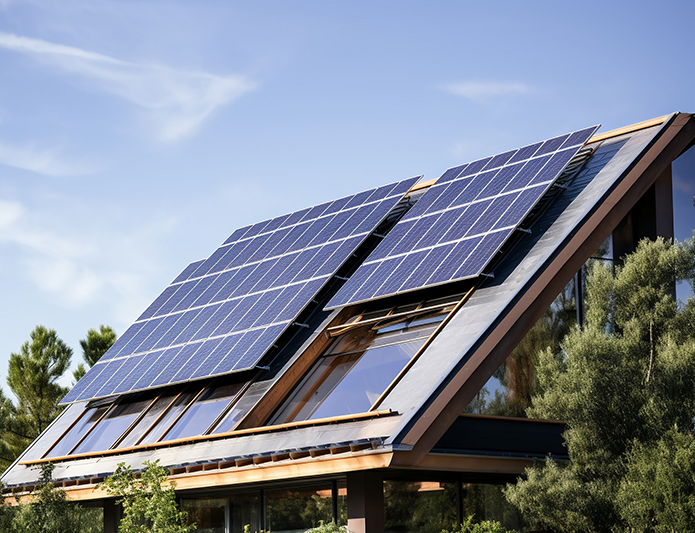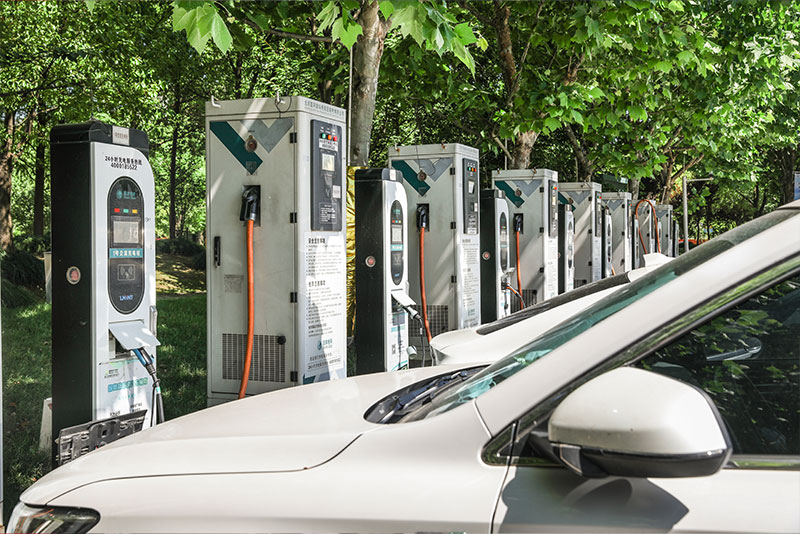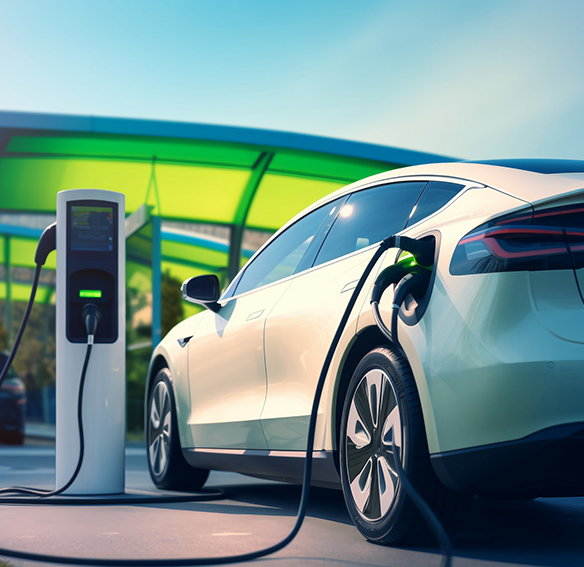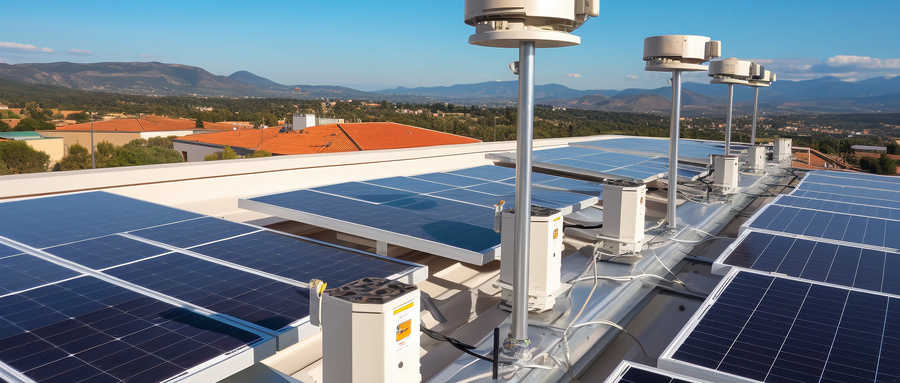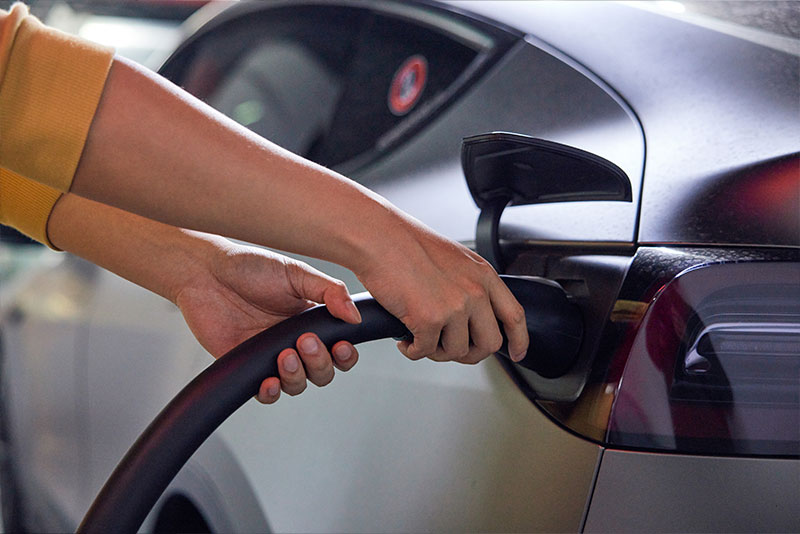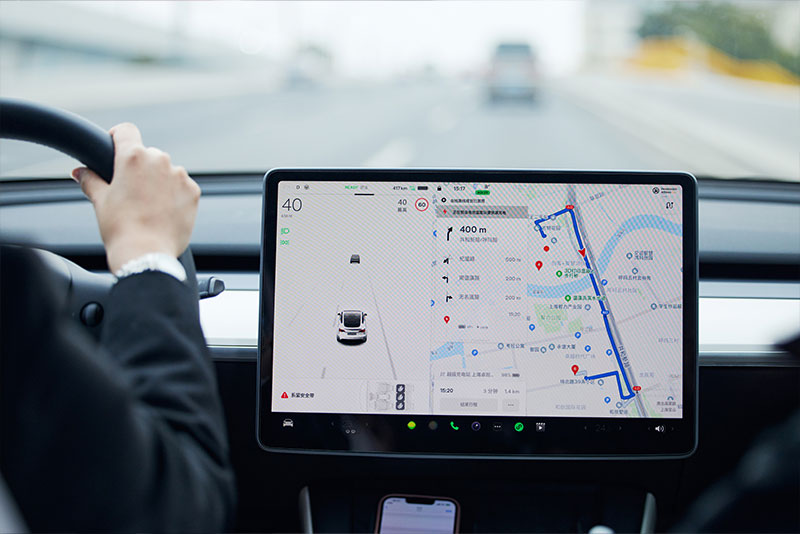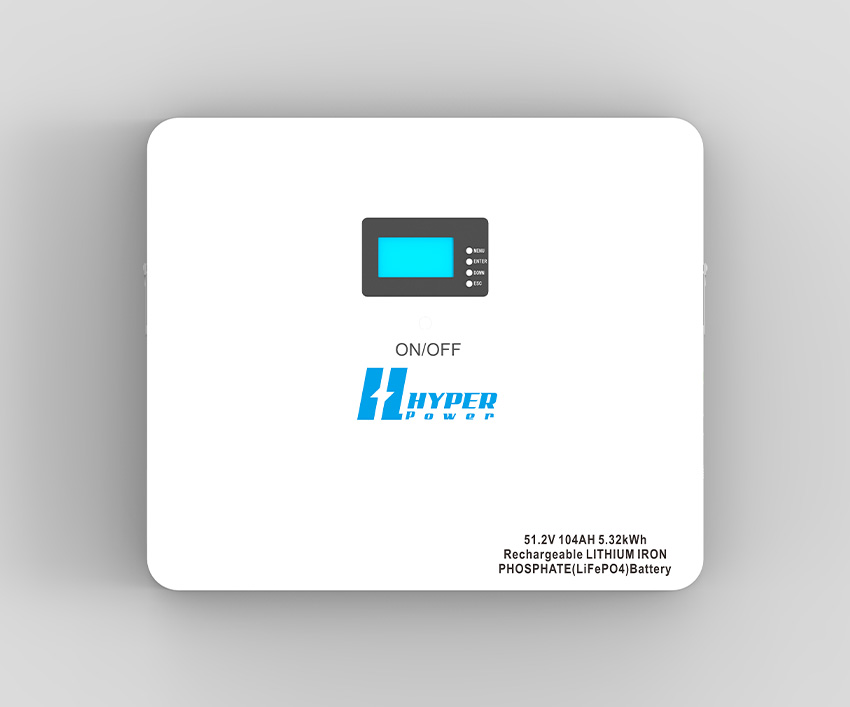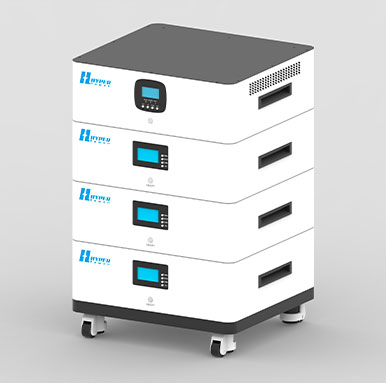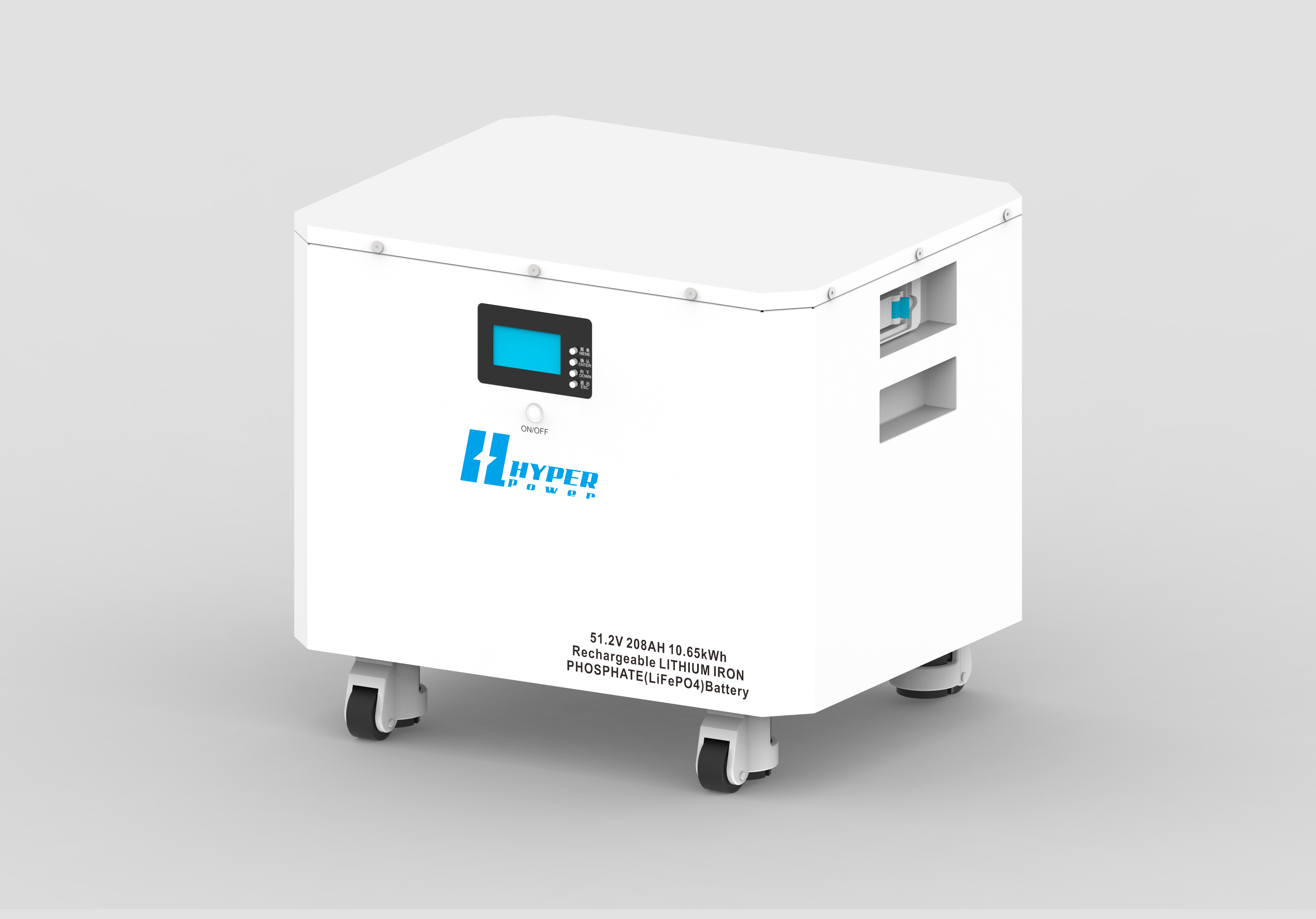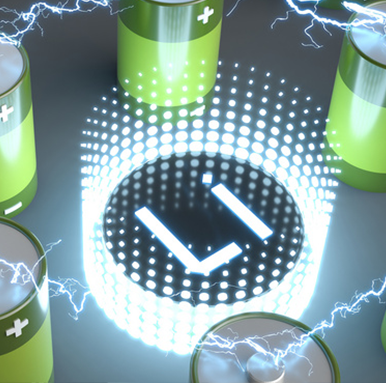The Ultimate Guide to Lithium-Ion Battery Banks for Home Energy Storage
Explore everything you need to know about lithium-ion batteries for home use, including their benefits, installation, maintenance, and cost considerations.
Introduction
With the rising demand for sustainable energy solutions, homeowners are increasingly turning to lithium-ion battery banks for home energy storage. These advanced batteries provide reliable, efficient, and long-lasting power backup, making them ideal for integrating with solar panels or serving as emergency backup systems. Compared to traditional lead-acid batteries, lithium-ion technology offers superior energy density, faster charging capabilities, and a longer lifespan.
In this comprehensive guide, we will explore everything you need to know about lithium-ion batteries for home use, including their benefits, installation, maintenance, and cost considerations.
Why Choose a Lithium-Ion Battery Bank for Home?
1. High Energy Density and Efficiency
One of the primary advantages of lithium-ion battery banks is their high energy density. This means they can store more energy in a smaller space compared to lead-acid batteries. Additionally, lithium-ion batteries have a high charge/discharge efficiency, typically around 95%, ensuring minimal energy loss.
2. Long Lifespan
Lithium-ion batteries have a significantly longer lifespan than traditional alternatives. While lead-acid batteries may last 3-5 years, lithium-ion batteries can operate effectively for 10-15 years, depending on usage and maintenance.
3. Faster Charging and Discharging
Lithium-ion battery banks charge much faster than other battery types. This quick charging capability makes them an excellent choice for homeowners relying on solar energy, as they can store excess energy efficiently during peak sunlight hours.
4. Compact and Lightweight Design
Unlike bulky lead-acid batteries, lithium-ion batteries are compact and lightweight, making installation more convenient. Their small footprint allows homeowners to maximize space while still having a powerful energy storage system.
5. Eco-Friendly and Sustainable
Lithium-ion battery banks contribute to a greener planet by reducing reliance on fossil fuels. When paired with solar panels, they help homeowners store renewable energy, reducing carbon footprints and promoting sustainability.
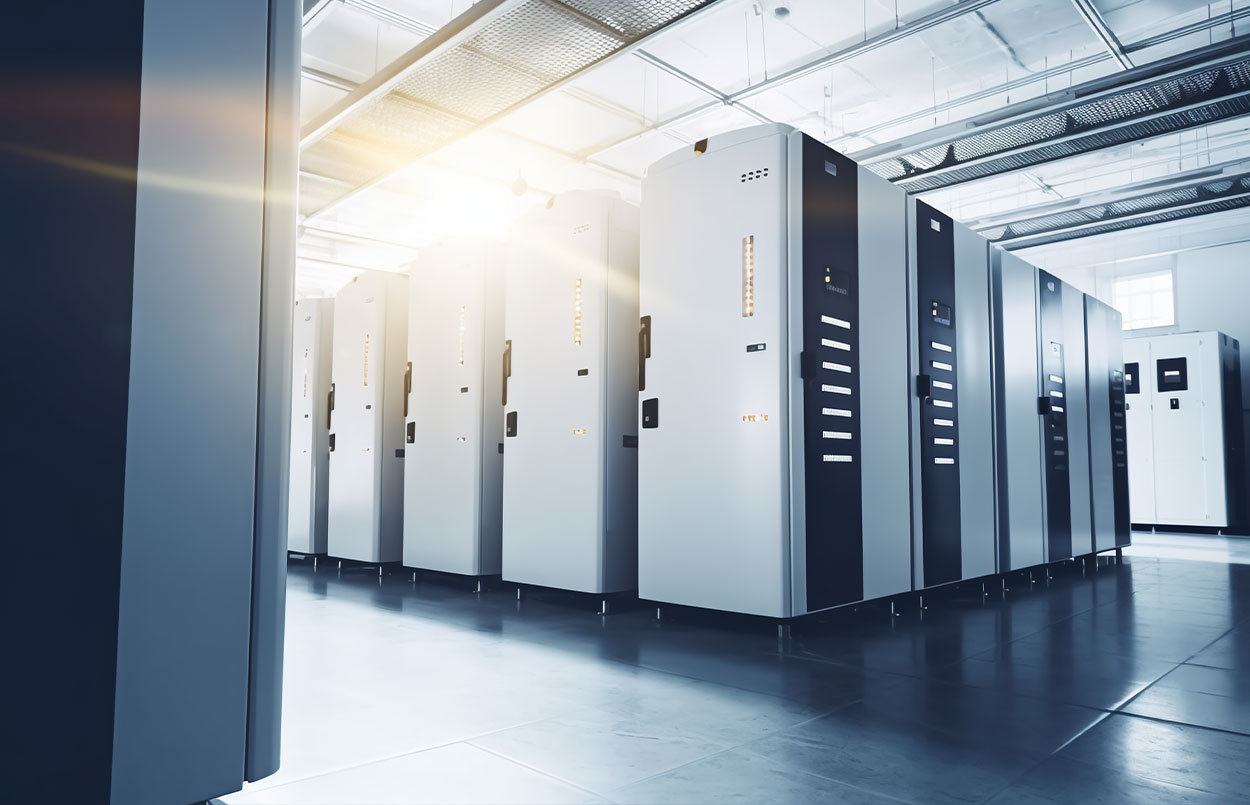
Applications of Lithium-Ion Battery Banks for Home
1. Solar Energy Storage
One of the most common applications of lithium-ion battery banks is in solar energy systems. These batteries store excess power generated by solar panels during the day for use at night or on cloudy days.
2. Backup Power Supply
A lithium-ion battery for home use can serve as an emergency backup power source during grid outages. Unlike traditional generators, battery banks operate silently and require minimal maintenance.
3. Load Shifting and Energy Cost Savings
Homeowners using a lithium-ion battery bank can take advantage of time-of-use electricity rates by storing energy when rates are low and using it when rates are high, leading to significant cost savings.
4. Off-Grid Living
For those living in remote areas without access to the electrical grid, lithium-ion battery banks provide a reliable off-grid power solution, ensuring a continuous power supply without relying on external sources.
How to Choose the Right Lithium-Ion Battery for Home
1. Capacity and Power Output
Battery capacity is measured in kilowatt-hours (kWh) and determines how much energy the battery can store. Choose a battery bank that meets your daily energy consumption needs. Additionally, consider the power output (measured in kilowatts) to ensure it can handle your household’s peak power demands.
2. Depth of Discharge (DoD)
The depth of discharge refers to the percentage of battery capacity that can be used without reducing its lifespan. Lithium-ion batteries typically have a high DoD, often around 80-90%, making them more efficient than lead-acid batteries.
3. Battery Management System (BMS)
A good battery bank should include a Battery Management System (BMS) to protect against overcharging, overheating, and deep discharges, ensuring safety and longevity.
4. Compatibility with Solar Inverters
If integrating with a solar system, ensure that the lithium-ion battery bank is compatible with your solar inverter to maximize efficiency and performance.
5. Brand and Warranty
Opt for reputable brands that offer long-term warranties and reliable customer support. A good lithium-ion battery bank should come with a warranty of at least 10 years.
Installation and Maintenance of Lithium-Ion Battery Banks
1. Professional Installation vs. DIY
While some homeowners may opt for DIY installation, professional installation ensures safety and optimal performance. A certified technician will properly size, wire, and configure the system for maximum efficiency.
2. Placement Considerations
Choose a well-ventilated area, away from direct sunlight and extreme temperatures. Many lithium-ion battery banks are designed for indoor and outdoor installation, but temperature fluctuations can impact performance.
3. Regular Maintenance
Unlike lead-acid batteries, lithium-ion batteries require minimal maintenance. However, regular system checks, software updates, and cleaning to remove dust or debris are recommended to maintain efficiency.
4. Safety Precautions
Although lithium-ion batteries are generally safe, improper handling can pose risks. Always follow manufacturer guidelines, and ensure the battery is protected from physical damage or water exposure.

Cost and Return on Investment
1. Upfront Cost
The cost of a lithium-ion battery bank varies depending on capacity, brand, and additional features. Prices typically range from $5,000 to $15,000, including installation.
2. Savings on Energy Bills
By using stored energy during peak hours, homeowners can reduce electricity bills significantly. When combined with solar panels, savings can be even greater, potentially leading to a payback period of 5-10 years.
3. Government Incentives and Rebates
Many governments offer tax credits, rebates, and incentives for installing renewable energy systems, including battery storage. Research available incentives in your area to lower initial investment costs.
4. Increased Property Value
Homes equipped with lithium-ion battery banks are more attractive to eco-conscious buyers, increasing property value and marketability.
Future of Lithium-Ion Battery Banks for Home
With advancements in battery technology, lithium-ion batteries are becoming more affordable and efficient. Future developments, such as solid-state batteries and improved energy management systems, promise even greater energy storage capabilities, making lithium-ion battery banks an essential component of modern home energy solutions.
Conclusion
A lithium-ion battery bank for home is an excellent investment for homeowners seeking energy independence, cost savings, and sustainability. Whether you aim to store solar energy, prepare for power outages, or reduce electricity bills, these advanced batteries provide a reliable and long-lasting solution.
As battery technology continues to evolve, lithium-ion batteries will remain at the forefront of home energy storage, offering greater efficiency, safety, and affordability. Investing in a lithium-ion battery for home today ensures a smarter and more sustainable energy future.
Blog

Maximizing Energy Independence with Home Lithium Battery Storage

How Residential Photovoltaic Energy Storage Systems Empower Sustainable Homes
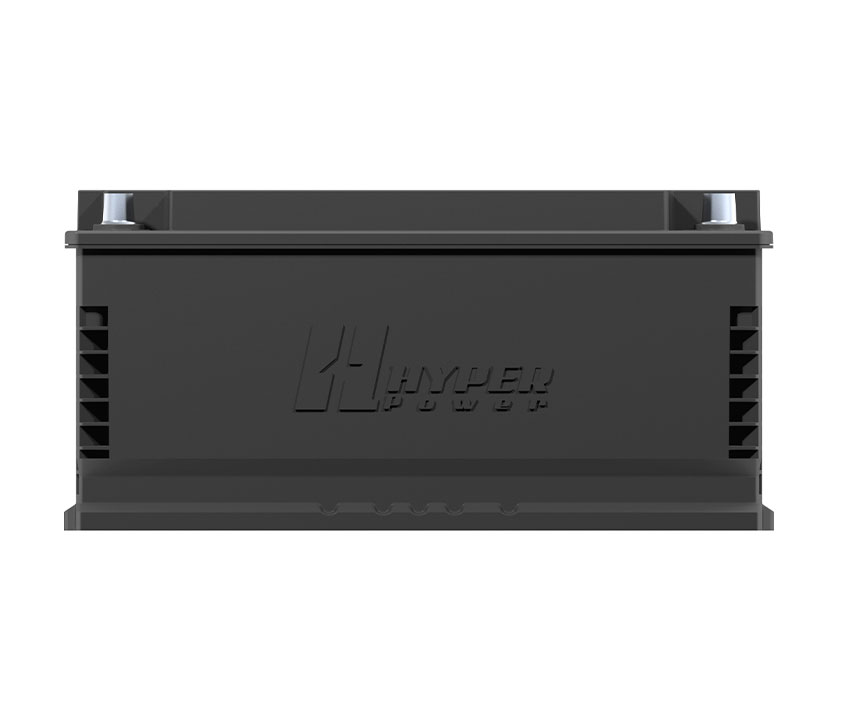
Why the 12V Lithium Ion Car Battery is the Smarter Automotive Power Solution — Insights from JEJE Energy
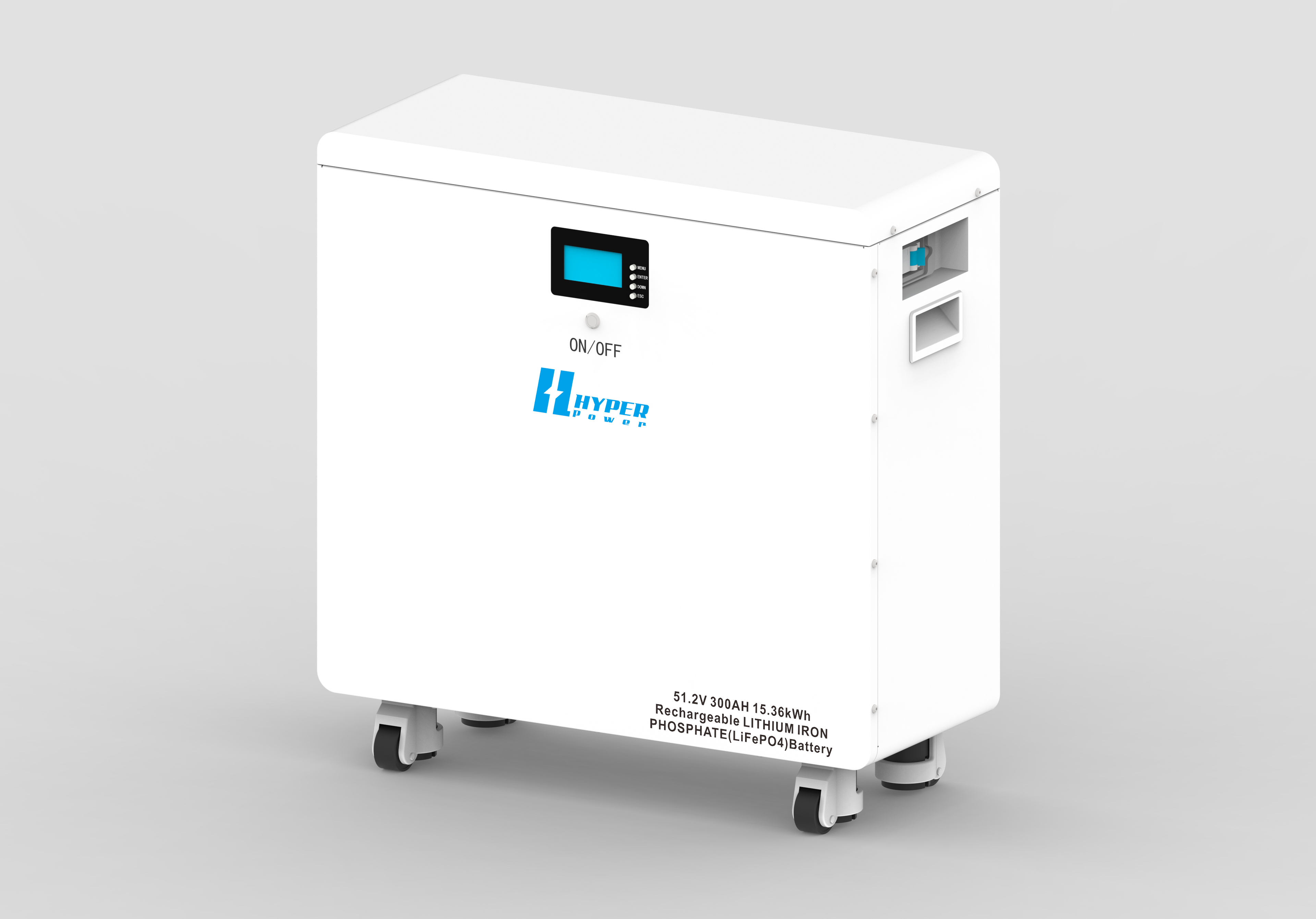




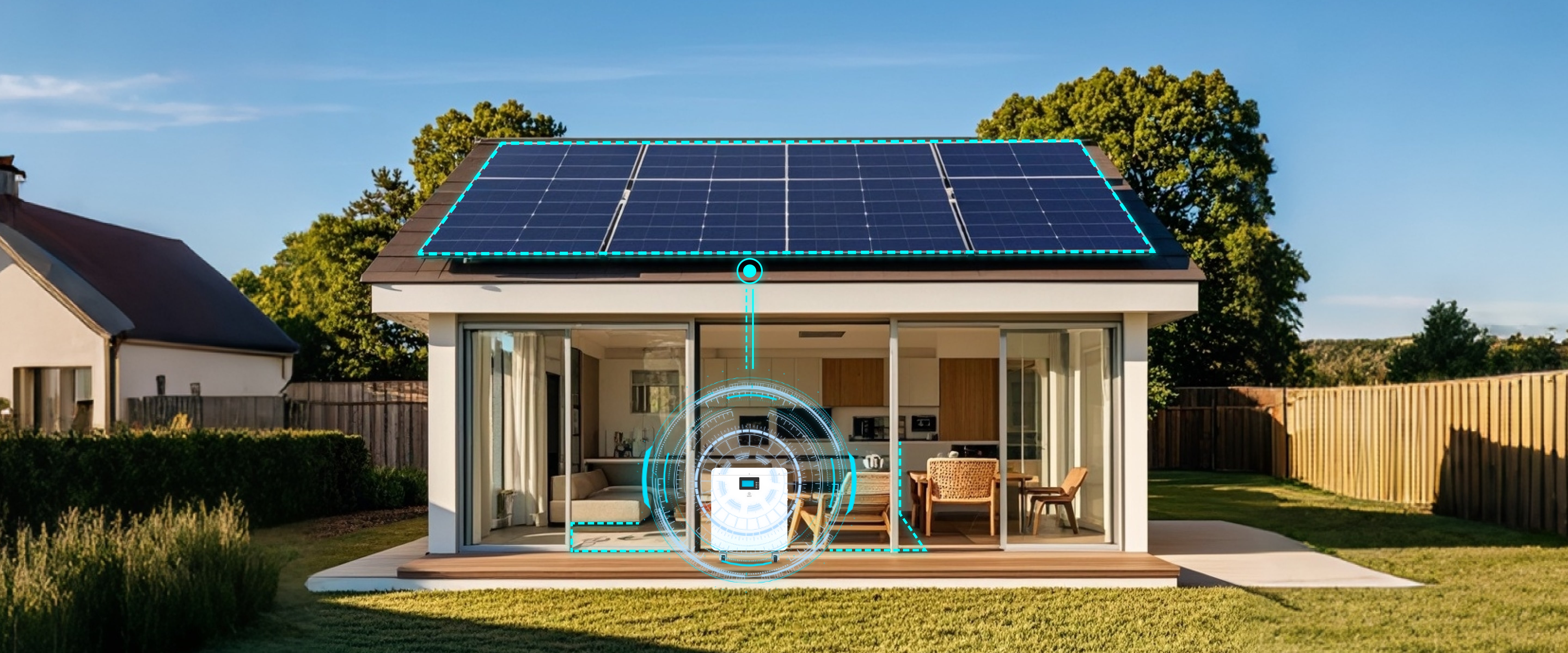



-Charging.png)
.jpg)






